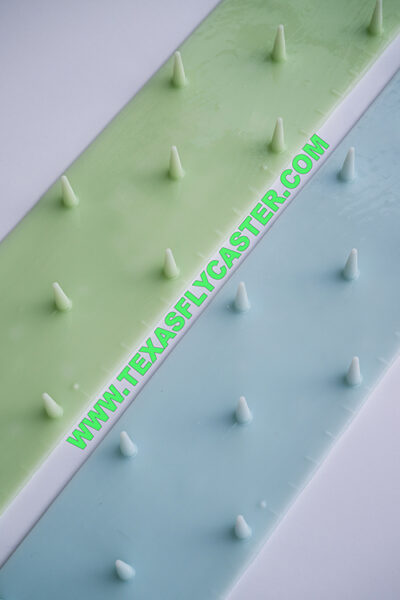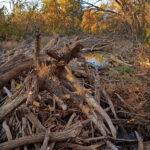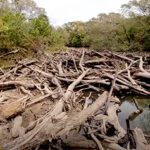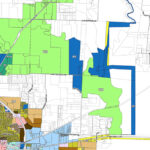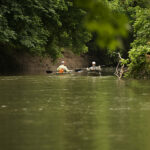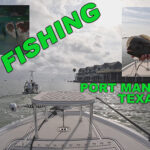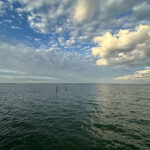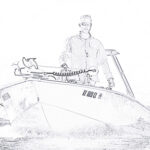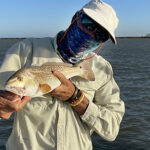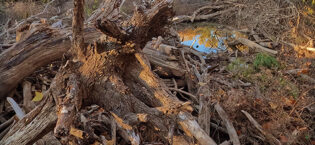Asian Carp in Chicago – Blagojevich Says “It wasn’t me!”
Asian Carp Rapid Response Workgroup wraps up main operation on Chicago Sanitary Ship Canal
Scheduled routine electric barrier maintenance complete
CHICAGO – The Asian Carp Rapid Response Workgroup is closing out main project operations on a 5.7-mile stretch of the Chicago Sanitary and Ship Canal (CSSC) that began on December 2.
Maintenance on the electric barrier, IIA, was completed and the barrier was returned to operation at 10 p.m. on Friday, December 4.
“This has been a tremendous cooperative undertaking. Thanks to the outstanding efforts of our partner agencies from the U.S. and Canada, the Corps team was able to successfully complete this necessary maintenance and to do so ahead of schedule,” said Col. Vincent Quarles, Commander of the U.S. Army Corps of Engineers, Chicago District.
“We appreciate the understanding and support of the navigation industry during this important maintenance operation. The Army Corps of Engineers is fully aware of both the economic and environmental importance of the area waterways,” Quarles said.
The U.S Coast Guard (USCG) began enforcing a safety zone on the CSSC on December 2 in support of Asian Carp Rapid Response Operations. USCG has already restored access to parts of the canal and will continue to reduce the safety zone as the workgroup completes final phases of the operation.
In support of scheduled routine barrier maintenance, biologists working with the Asian Carp Rapid Response Workgroup began applying Rotenone, a fish toxicant, on Wednesday, December 2 on a 5.7-mile stretch of the canal.
“I want to thank each and every person and organization who put forth an extreme amount of time, energy and resources to make this project a success,” said Illinois Department of Natural Resources Assistant Director John Rogner. “The eDNA testing worked to give us an early warning. We took it seriously and we took action. The alternative was to do nothing and that would have been a mistake.”
Rotenone application was chosen as the best option for keeping Asian carp from breaching the lower voltage demonstration barrier while the more powerful Barrier IIA was taken down for scheduled routine maintenance. The application of rotenone and a detoxifying agent was successful and the clean-up of visible dead fish are complete at this time.
One Bighead Asian carp was discovered nearly 500 feet above the Lockport Lock on Thursday afternoon, December 3. Biologists with the workgroup believe there is a high probability that additional Asian carp were killed during the toxicant application but may not be found.
“The cold water temperatures on the canal this week means far more fish are sinking to the bottom of the waterway than will float to the top. Over the next several weeks and months, some fish may float to the surface but the majority of fish will break down naturally below the surface,” said Illinois Department of Natural Resources Fisheries Chief Steve Pallo.
The workgroup has collected thousands of fish, mostly common carp, from the canal since cleanup efforts began on December 3. Those fish are being disposed of properly in a landfill.
The public should be advised that dead fish may be observed from time to time over the next several weeks as some fish may rise to the surface. Public health officials always caution against eating dead or dying fish in any instance that have not been caught alive.
The workgroup is now focused on efforts above the electrical barrier system near T.J. Obrien Lock in an attempt to find Asian carp in areas where positive eDNA tests have been found. Positive Asian carp DNA evidence exists over nearly 10 miles of the Cal-Sag Channel and Sanitary and Ship Canal above the barrier.
The workgroup is using commercial fishermen, augmented with state and federal fisheries personnel, to deploy commercial fishing gear in a 5.5-mile stretch of the Cal-Sag Channel. Fishing operations are using nearly 2,000 yards of fishing nets deployed for two overnight periods. Nets have been deployed over portions of the reach since Dec. 1 and have been highly successful in collecting fish, although no Asian carp have been collected.
While the workgroup considered additional Rotenone application in specific areas above the barrier as a sampling option, there is no evidence to suggest Asian carp might be concentrated in any specific part of the 10-mile stretch of the canal where eDNA tests have been positive.
Water temperatures above the barrier are much colder than downstream where Rotenone was applied for the main project in support of scheduled barrier maintenance. At these temperatures, dead fish would likely never surface to be identified. Without identification, Rotenone would be ineffective as a sampling tool.
In contrast, fishing nets would effectively sample the entire reach and provide the best evidence of the potential presence and relative abundance of Asian carp in this stretch of channel. It would also confirm the exact location of any fish collected. Any Asian carp collected will be removed from the system, thereby providing a measure of population reduction.
“The effort near the O’Brien Lock is fundamentally different from the action below the barrier. The purpose of applying Rotenone below the barrier was to ensure no Asian carp advanced up the channel while the barrier was powered down. In addition, Rotenone would provide us little if any information about the presence and abundance of carp in this reach upstream,” said IDNR Assistant Director John Rogner.
The Asian Carp Rapid Response Workgroup and its partners are committed to remaining vigilant in the future and to explore all options available to prevent the spread of Asian carp to the Great Lakes.
The Asian Carp Rapid Response Workgroup includes the Illinois Department of Natural Resources, U.S. Army Corps of Engineers, U.S. Environmental Protection Agency, U.S. Fish and Wildlife Service, U.S. Coast Guard, USDA Animal and Plant Health Inspection Service, Chicago Department of Environment, Metropolitan Water Reclamation District of Greater Chicago, Midwest Generation, Great Lakes Commission, Great Lakes Fishery Commission, International Joint Commission, and Wisconsin Sea Grant. Fisheries management agencies from Indiana, Wisconsin, Michigan, Minnesota, Ohio, Pennsylvania, New York and Canada have also provided support to the operation.
For more information about Asian carp and the Rapid Response operations on the CSSC, the public and media are encouraged to log on to www.asiancarp.org/rapidresponse.
Category: Fish Kill






